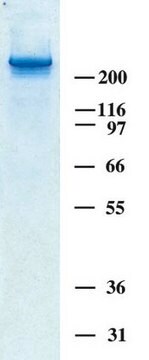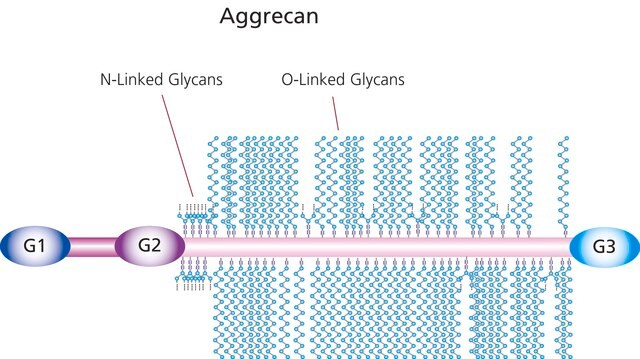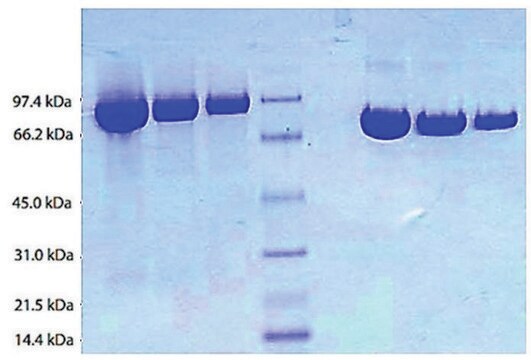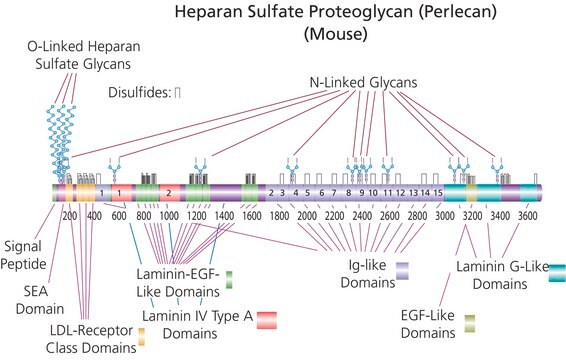CC115
Chicken Tenascin
Synonyme(s) :
Cytotactin, Tenascin-C
About This Item
Produits recommandés
Source biologique
chicken
Niveau de qualité
Forme
liquid
Poids mol.
large molecular weight polypeptide 190 kDa
large molecular weight polypeptide 200 kDa
large molecular weight polypeptide 220 kDa
Fabricant/nom de marque
Chemicon®
Concentration
0.755 mg/mL
Technique(s)
cell culture | mammalian: suitable
Entrée
sample type hematopoietic stem cell(s)
sample type mesenchymal stem cell(s)
sample type pancreatic stem cell(s)
sample type induced pluripotent stem cell(s)
sample type neural stem cell(s)
sample type epithelial cells
sample type: mouse embryonic stem cell(s)
Numéro d'accès UniProt
Conditions d'expédition
dry ice
Température de stockage
−20°C
Informations sur le gène
chicken ... CNTN5(395317)
Catégories apparentées
Description générale
Forme physique
Stockage et stabilité
Remarque sur l'analyse
Informations légales
Clause de non-responsabilité
Code de la classe de stockage
12 - Non Combustible Liquids
Classe de danger pour l'eau (WGK)
WGK 2
Point d'éclair (°F)
Not applicable
Point d'éclair (°C)
Not applicable
Certificats d'analyse (COA)
Recherchez un Certificats d'analyse (COA) en saisissant le numéro de lot du produit. Les numéros de lot figurent sur l'étiquette du produit après les mots "Lot" ou "Batch".
Déjà en possession de ce produit ?
Retrouvez la documentation relative aux produits que vous avez récemment achetés dans la Bibliothèque de documents.
Contenu apparenté
This page covers the ECM coating protocols developed for four types of ECMs on Millicell®-CM inserts, Collagen Type 1, Fibronectin, Laminin, and Matrigel.
Notre équipe de scientifiques dispose d'une expérience dans tous les secteurs de la recherche, notamment en sciences de la vie, science des matériaux, synthèse chimique, chromatographie, analyse et dans de nombreux autres domaines..
Contacter notre Service technique



![[Glu1]-Fibrinopeptide B human ≥90% (HPLC)](/deepweb/assets/sigmaaldrich/product/structures/122/537/7ead5c32-cb67-4325-9ce7-66c8dec24bdd/640/7ead5c32-cb67-4325-9ce7-66c8dec24bdd.png)



